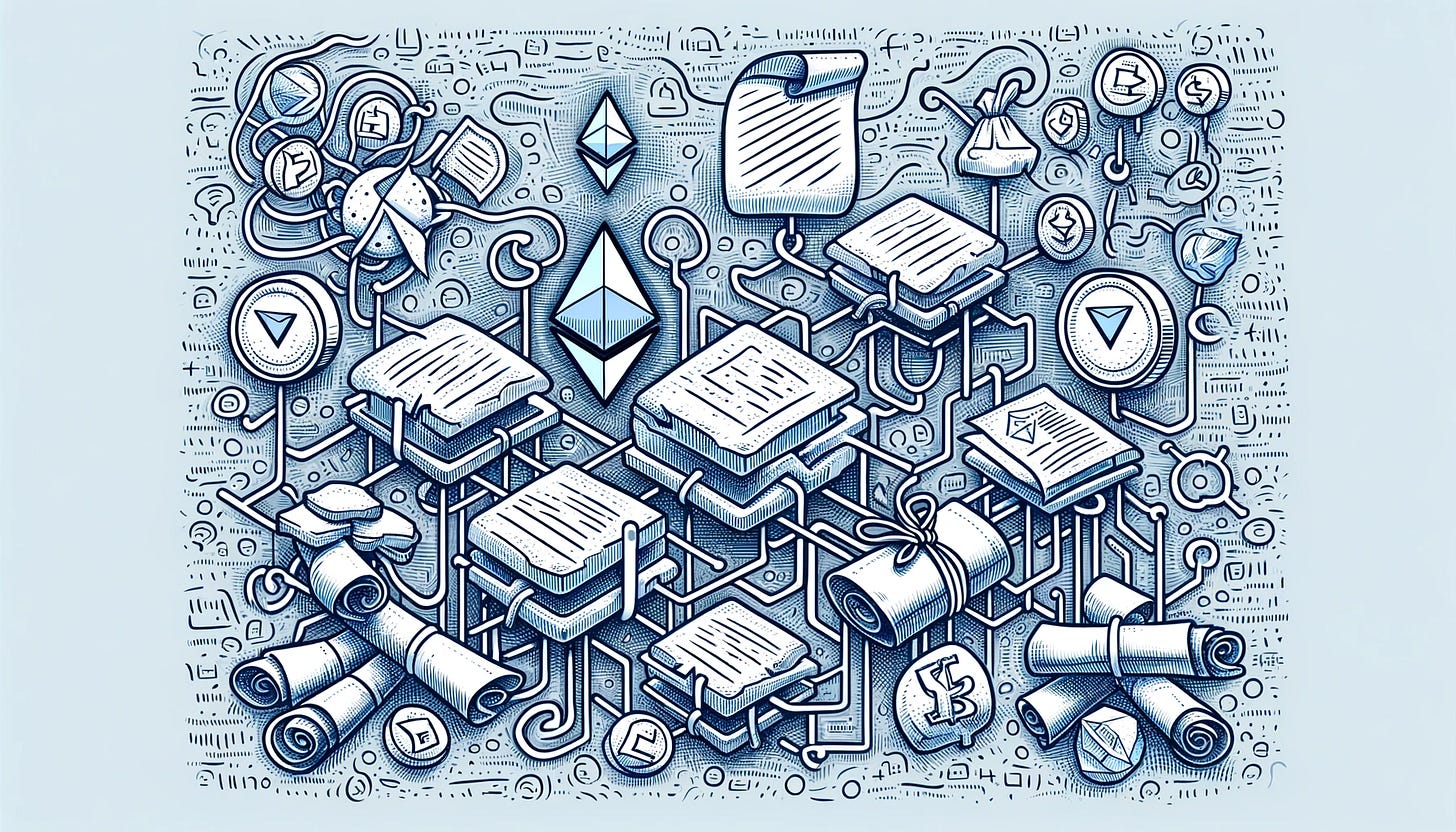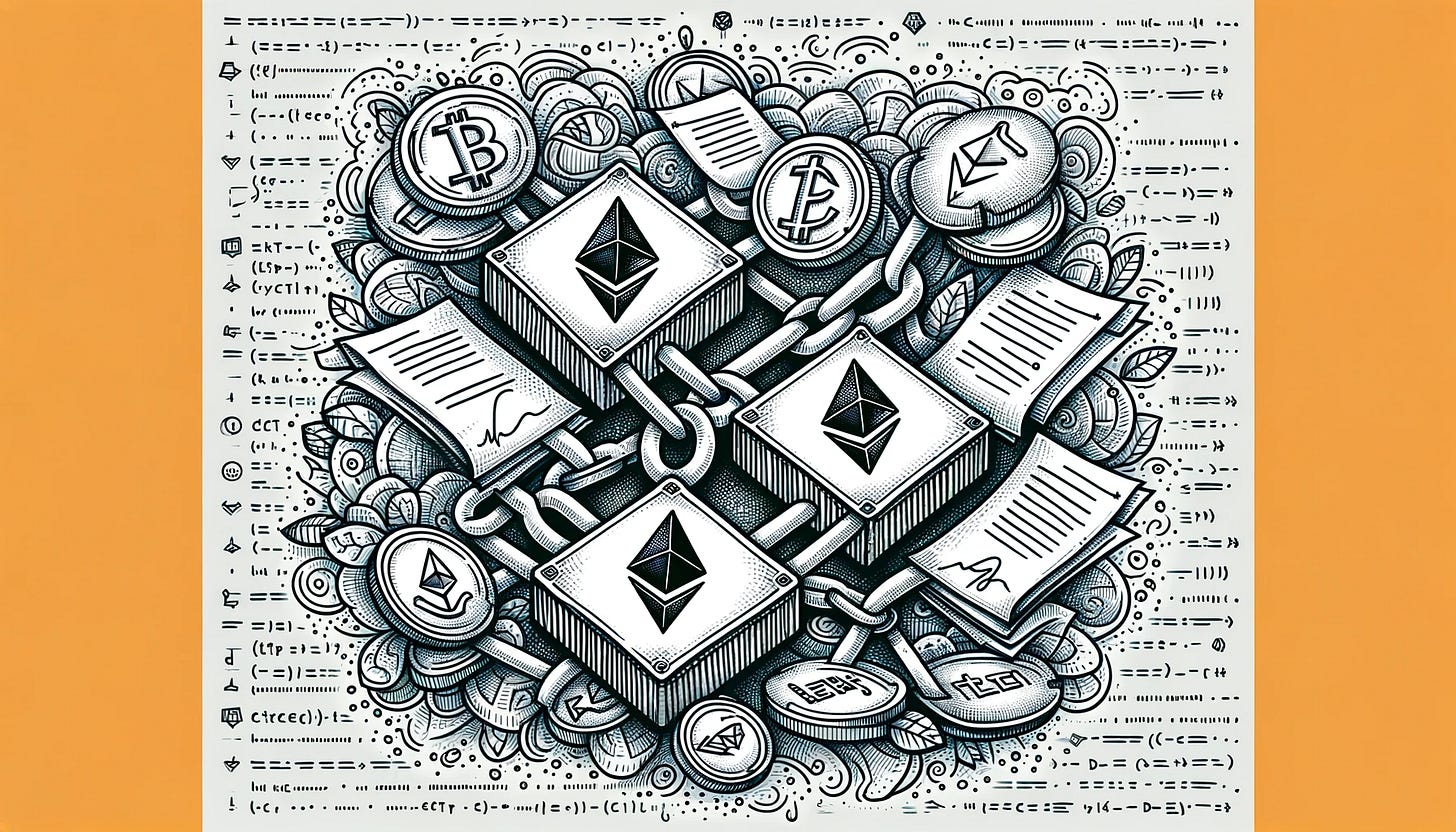If you're a programmer intrigued by the burgeoning field of Web3 development, you've come to the right place. This article serves as an introductory guide, offering a high-level overview of what you need to know to get started in this dynamic space. From the foundational principles of Web3 and blockchain to essential tools and communities, we've got a lot to cover. So, let's embark on this exciting journey into the decentralized future of the web..
Web3, Decentralization, and Blockchain: The New Paradigm
Web3 is often touted as the future of the internet, but what does that mean for you as a developer? In essence, Web3 is a decentralized version of the web, running on a network of nodes that anyone can join. Unlike Web2, where data is stored on centralized servers owned by a few big companies, Web3 uses blockchain technology to distribute data across numerous nodes. This decentralization brings about enhanced security, data sovereignty, and resilience against single points of failure. The transition from Web2 to Web3 is not just a technological upgrade; it's a paradigm shift that places more power and control in the hands of users and developers alike.
Writing Smart Contracts with Solidity and Hardhat
If you're new to Web3, the term "smart contract" might sound a bit intimidating, but it's essentially just a program that runs on a blockchain. Smart contracts are written in Solidity, a statically-typed language specifically designed for the Ethereum Virtual Machine (EVM). Solidity offers a range of features like inheritance, libraries, and user-defined types, making it a robust choice for blockchain development.
Now, how do you go from writing Solidity code to deploying it on a blockchain? That's where Hardhat comes in. It's a development environment that streamlines the process of compiling, deploying, testing, and debugging Solidity code. Hardhat also offers a local Ethereum network for testing, so you can see how your contracts will behave before deploying them to the mainnet. For a deep dive into Hardhat's features and capabilities, check out the official documentation.
DApp Development and the Role of Smart Contracts
Decentralized Applications (DApps) are the end-user applications that interact with smart contracts on the blockchain. Let's consider a decentralized finance (DeFi) application as an example. In a DeFi DApp, smart contracts could handle various functions like lending, borrowing, or asset swapping. These contracts serve as the back-end logic, automating complex financial transactions without the need for intermediaries like banks.
Building a DApp involves both front-end and back-end development. The front-end can be built using familiar technologies like HTML, CSS, and JavaScript, while the back-end logic is handled by smart contracts. These two components communicate via Web3-compatible APIs, creating a seamless user experience.
Chainlink: Bridging the Data Gap
In a decentralized world, how do smart contracts access real-world data? Enter Chainlink, a decentralized oracle network that bridges the gap between smart contracts and external data sources. Chainlink allows you to feed real-world data, like stock prices or weather conditions, directly into your smart contracts. This is crucial for DApps that rely on external triggers for their operations. For example, a crop insurance DApp could use weather data from Chainlink to automatically compensate farmers in case of adverse conditions. To get started with Chainlink, you can explore their developer documentation.
Staying Updated: The Fast-Moving World of Web3
The Web3 ecosystem is not just fast-paced; it's hyperdynamic. New protocols, updates, and forks can change the landscape overnight. To stay ahead, you need a multi-pronged approach to gather information:
Newsletters: Apart from Ethereum Weekly, consider subscribing to Consensys for a broader view of the blockchain space and my favorite Week In Ethereum
Social Media: Follow key influencers and thought leaders on Twitter and LinkedIn. Vitalik Buterin, Gavin Wood, and Andreas Antonopoulos are good starting points.
Podcasts: Shows like Unchained and Epicenter offer deep dives into various blockchain topics.
GitHub: Star and watch repositories relevant to your work. This will keep you updated on any new commits, releases, and forks. I leave my repository here in case you are interested.
Forums and Blogs: Websites like Medium, Hackernoon and Substack often feature articles by leading Web3 developers.
Conferences and Webinars: Events like Devcon for Ethereum or Consensus by CoinDesk offer a wealth of information and networking opportunities.
Online Courses and Webinars: Platforms like Coursera, Udemy and LearnWeb3 frequently update their course content to reflect the latest trends. Other companies like Alchemy also offer beginner courses for free.
By diversifying your sources, you'll get a more holistic understanding of where Web3 is headed, making you a more adaptable and informed developer.
Community and Resources: Your Path to Mastery
The Web3 community is a treasure trove of knowledge, and active participation can accelerate your learning curve. Here's how you can engage:
Forums: Ethereum Stack Exchange is a Q&A platform where you can both ask and answer questions. r/ethdev on Reddit is another active community.
Interactive Tutorials: CryptoZombies is a fun, interactive way to learn Solidity. Ethernaut by OpenZeppelin is another platform where you can learn by doing.
Hackathons: Events like ETHGlobal offer a hands-on experience and are a fantastic way to network.
Webinars and Workshops: Keep an eye on platforms like Eventbrite or Meetup for Web3-specific events.
Discord and Telegram Groups: Many projects and communities maintain active Discord or Telegram channels. These are excellent for real-time discussions and troubleshooting: Ethereum.org, Hardhat, etc.
By actively participating in these communities and utilizing these resources, you're not just learning; you're becoming a part of the ecosystem. This active engagement is invaluable for both skill development and networking.
Conclusion: The Future is Web3
Web3 development offers a frontier of opportunities. As a developer in this space, you're not just writing code; you're contributing to a technological revolution that has the potential to redefine how we interact with the internet and, by extension, with each other. The challenges are real, but the intellectual and financial rewards are significant.
So, are you ready to become a Web3 developer? The journey is as exciting as it is rewarding. Happy coding!🏗️



